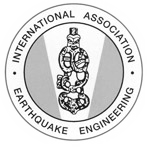Speaker
Description
The main objective of this paper is to present the efficiency of an innovative seismic protection of masonry infills in RC frame structures, based on polyurethane flexible joints (PUFJ). The proposed repair and strengthening method was assessed and validated through forced vibration testing of a full-scale building. The test specimen examined dynamically in the Dynamic Testing Laboratory of the Institute of Earthquake Engineering and Engineering Seismology – IZIIS in Skopje, North Macedonia, is fully symmetrical one storey 3D frame with 4 infill masonry walls, designed according to current Eurocodes. One symmetrical pair of infills, walls type B, was tested out-of-plane and had three interfaces (left, right and top) injected with PUFJ. The other symmetrical pair of infills, walls type C, was tested in-plane and had all 4 interfaces bonded with prefabricated PUFJ laminates as frame-infill joints.
It should be noted that the test specimen had previously been subjected to a series of shake table tests for the purpose of another experiment. The foundations-to-column and column-to-slab joints had already yielded, and the infills had heavy damage. Then they were repaired using emergency (quickly applied) fiber reinforced polyurethane (FRPU) coating and were subjected again to a series of shake table tests. Therefore, the concrete members and the wall infills had been significantly damaged before the present tests.
The experimental testing activities for this, second stage of research were conducted by the method of forced vibrations. Large-scale vibrations generator was placed at the top of the damaged structure and generated harmonic excitations in one direction with the desired frequency range and force amplitude. When the damaged structure was tested, the infill walls were subjected to in-plane (type C) and out-of-plane (type B) excitation simultaneously. The tested specimen withstood long-duration resonance excitation, without additional serious damages and thus PUFJ interfaces and FRPU coating prevented danger of the building collapse leading to an improved seismic performance.
| DOI | https://doi.org/10.5592/CO/1CroCEE.2021.73 |
|---|---|
| Keywords | earthquake resistance, infill structures, polyurethane flexible joint, fiber reinforced polyurethane |







